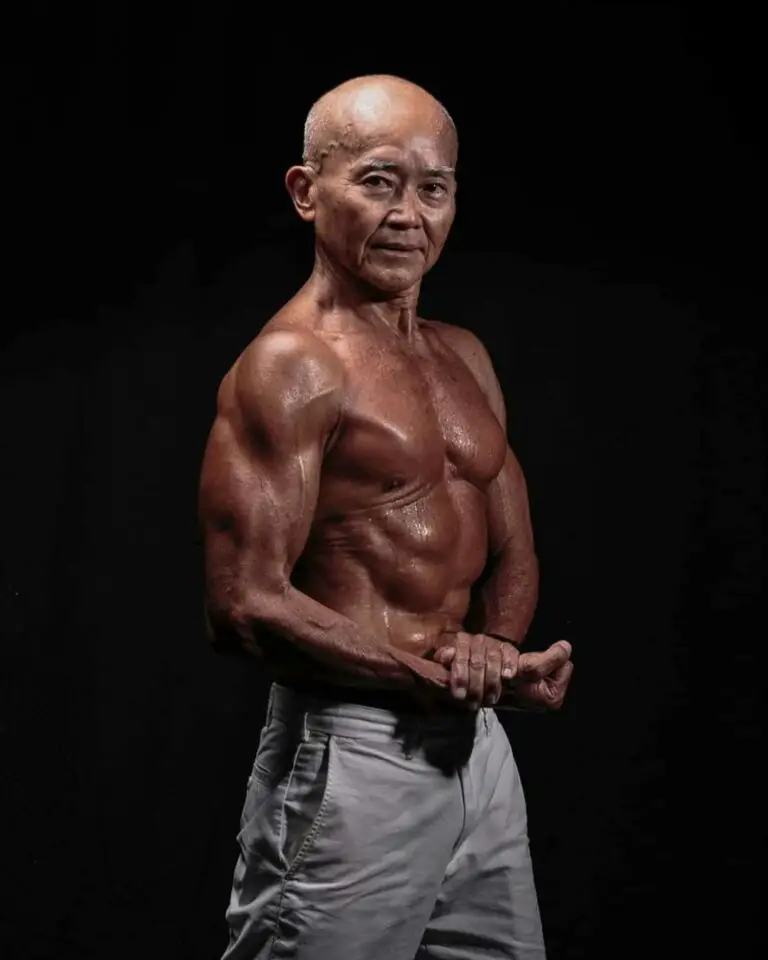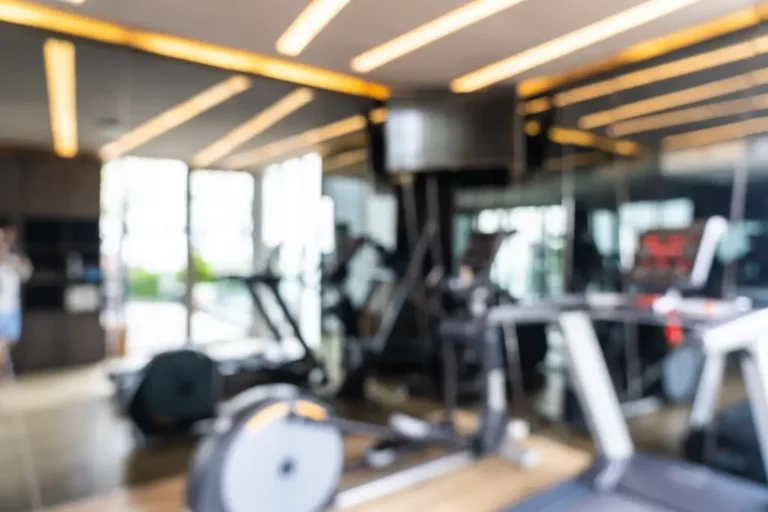When I first started my fitness journey, understanding muscle growth became my obsession. I realized that it’s not just about hitting the weights; it’s about triggering a transformation within your body. Picture this: every squat, every push-up, and every curl is like a step toward sculpting your own masterpiece. That sense of progress, both physical and mental, is what keeps me hooked on this fitness journey.
Now, genetics do play a role, but it doesn’t mean we can’t make our muscles pop. It’s a combination of dedication and smart choices in the gym. When I started focusing on compound exercises like squats for my quads or bench presses for my pecs, I noticed changes faster than I expected.
While there isn’t a definitive answer that applies to everyone, there are certain muscle groups that tend to respond more quickly to training stimuli. This article will explore the concept of muscle growth, the factors that influence it, and the muscles that are commonly known to exhibit faster rates of development.
What Muscles Grow the Fastest?
Understanding Muscle Growth
Before diving into the specifics of which muscles grow the fastest, it’s important to understand the process of muscle growth, also known as muscle hypertrophy. Muscle growth occurs when muscle fibers undergo microscopic damage during resistance training exercises. This damage triggers a series of biological responses, including inflammation and the release of growth factors. These growth factors stimulate the synthesis of new proteins, leading to the repair and enlargement of muscle fibers, ultimately resulting in muscle hypertrophy.
Factors Affecting Muscle Growth
Several factors impact the rate at which muscles grow. While genetics play a significant role in determining an individual’s muscular potential, other factors such as training intensity, exercise selection, and nutrition also influence muscle growth. Additionally, age, hormone levels, and overall health can affect the rate of muscle development. Understanding these factors can help individuals optimize their training programs and focus on the muscle groups that have the potential to grow fastest.
The Easiest Muscles to Grow
While it’s important to note that individual responses to training can vary, certain muscle groups tend to exhibit faster rates of growth due to their characteristics and involvement in compound exercises. Here are some of the muscles that are commonly known to respond well to training stimuli and have the potential to grow faster:
1. Quadriceps
The quadriceps, located on the front of the thigh, are widely recognized as one of the largest and strongest muscle groups in the body. They consist of four individual muscles: the rectus femoris, vastus lateralis, vastus medialis, and vastus intermedius. Due to their size and involvement in compound exercises such as squats and lunges, the quadriceps have the potential to grow rapidly with proper training.
To effectively target the quadriceps, exercises like barbell squats, leg presses, and leg extensions can be incorporated into a training routine. These exercises place significant stress on the quadriceps muscles, promoting hypertrophy and strength gains.
2. Pectorals
The pectorals, or chest muscles, are another muscle group that has the potential to grow quickly. The pectoralis major and pectoralis minor muscles make up the chest muscles and are responsible for movements such as pushing and pressing. The pectorals can be effectively trained through exercises like bench presses, push-ups, and chest flyes.
Incorporating a variety of chest exercises into a training program can stimulate muscle growth and help develop a well-defined chest. Progressive overload, gradually increasing the weight or intensity of the exercises, is crucial for optimal chest muscle development.
3. Trapezius
The trapezius, commonly known as the traps, is a large muscle group located in the upper back and neck region. It plays a significant role in shoulder movement and stability. The traps can be effectively targeted and developed through exercises such as barbell shrugs, dumbbell shrugs, and farmer’s walks.
Training the traps not only contributes to a more aesthetic appearance but also enhances overall upper body strength and posture. Progressive overload and proper technique are important considerations when training the trapezius muscles.
4. Gluteus Maximus
The gluteus maximus, or glutes, is the largest muscle in the body and is responsible for hip extension and external rotation. It is commonly known for its role in activities such as squatting, jumping, and running. Building strong and well-developed glutes can enhance athletic performance and contribute to a balanced physique.
Exercises such as squats, lunges, hip thrusts, and glute bridges target the glute muscles effectively. Incorporating a mix of compound and isolation exercises can help individuals maximize glute development.
5. Biceps
The biceps, located in the upper arm, are among the most visible and commonly trained muscles. They play a crucial role in forearm supination and elbow flexion. While the growth potential of the biceps may vary between individuals, they are generally considered easier to develop compared to other muscle groups.
Exercises like dumbbell curls, barbell curls, and hammer curls target the biceps effectively. Progressive overload and proper form are essential for achieving optimal biceps growth.
6. Triceps
The triceps, located at the back of the upper arm, are responsible for elbow extension. They are often referred to as the “horse’s head” due to their three heads: the long head, lateral head, and medial head. Developing strong and well-defined triceps can significantly contribute to overall arm aesthetics and strength.
Tricep exercises such as tricep pushdowns, dips, and close-grip bench presses target the triceps effectively. Incorporating a mix of compound and isolation exercises can help individuals maximize tricep development.
7. Deltoids
The deltoids, or shoulder muscles, consist of three heads: the anterior (front), medial (middle), and posterior (rear) deltoids. They play a crucial role in shoulder abduction, flexion, and extension. Developing well-rounded deltoids can enhance the overall appearance of the shoulders and contribute to upper body strength.
Exercises such as overhead presses, lateral raises, upright rows, and rear delt flyes target the deltoids effectively. Progressive overload and proper exercise selection are essential for optimal deltoid development.
8. Lower Back Muscles
The muscles of the lower back, including the erector spinae and multifidus, provide stability and support to the spine. Strengthening these muscles can help improve posture, prevent lower back pain, and enhance overall functional strength.
Exercises such as deadlifts, hyperextensions, and back extensions target the lower back muscles effectively. It is important to prioritize proper form and technique to ensure safety and maximize muscle growth.
9. Latissimus Dorsi
The latissimus dorsi, commonly referred to as the lats, are the largest muscles in the back. They contribute to movements such as pulling, rowing, and adduction of the arms. Developing well-developed lats can create the illusion of a wider upper body and enhance overall back strength.
Exercises such as lat pulldowns, pull-ups, bent-over rows, and cable rows effectively target the lats. Progressive overload and proper exercise execution are crucial for optimal lat development.
10. Rhomboids
The rhomboids, located in the upper back region between the shoulder blades, play a role in scapular retraction and stabilization. Strengthening the rhomboids can help improve posture and contribute to overall back strength.
Exercises such as seated rows, bent-over dumbbell rows, and face pulls target the rhomboids effectively. Progressive overload and proper exercise technique are important considerations for optimal rhomboid development.
Conclusion
While individual responses to training can vary, certain muscle groups tend to exhibit faster rates of growth due to their characteristics and involvement in compound exercises. The quadriceps, pectorals, trapezius, gluteus maximus, biceps, triceps, deltoids, lower back muscles, latissimus dorsi, and rhomboids are among the muscles commonly known to respond well to training stimuli and have the potential to grow faster. Incorporating a variety of exercises, focusing on progressive overload, and maintaining proper form can help individuals maximize muscle growth in these areas. Remember, consistency, patience, and a well-rounded training program are key to achieving optimal muscle development.
Image by fxquadro on Freepik







